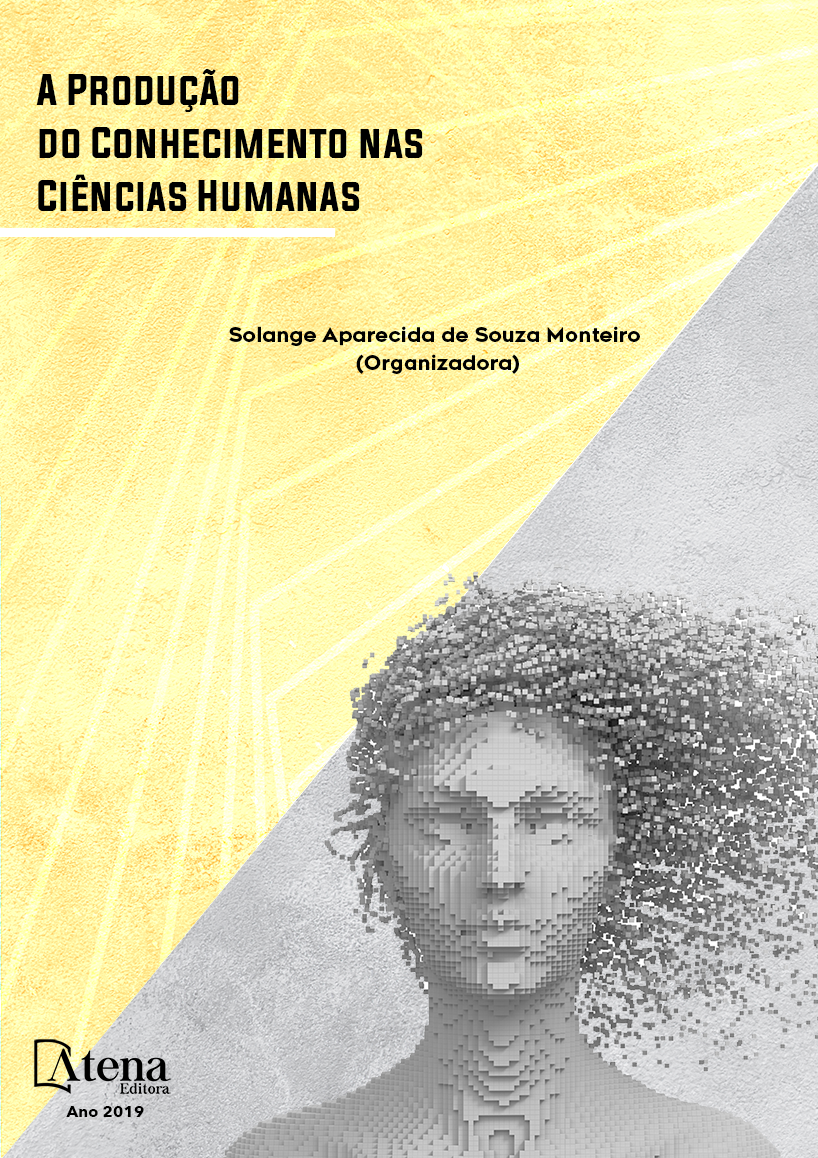
COMO NOS TEMPOS DA BABA A PRODUÇÃO DE CERVEJA CASEIRA EM IRATI-PR, ENTRE OS SÉCULOS XX E XXI
Essa pesquisa tem por objetivos
analisar diferentes receitas e a prática de
preparar cerveja artesanal, descobrir como
este saber é aprendido e repassado. Para
tanto utilizamos o método da História Oral e
textos teóricos sobre História da Alimentação.
Verificamos que a produção da cerveja caseira
possui diferentes “modos de fazer” bem como
a diversidade nos ingredientes utilizados.
A transmissão das receitas é mantida pelos
produtores em pequena escala comercial e
para consumo próprio em festas, casamentos e
no cotidiano. Sua difusão ocorre principalmente
entre descendentes de eslavos. Ao longo do
tempo muitos não descendentes aprenderam a
preparar e a apreciar o produto. Trata-se de uma
tradição presente nas famílias por questões de
identidade e paladar.
COMO NOS TEMPOS DA BABA A PRODUÇÃO DE CERVEJA CASEIRA EM IRATI-PR, ENTRE OS SÉCULOS XX E XXI
-
DOI: 10.22533/at.ed.76019240418
-
Palavras-chave: Cerveja/Cerveja-caseira; Tradição; Identidade/Patrimônio imaterial; História regional; Paraná.
-
Keywords: Beer / Homemade Beer; Tradition; Identity / Immaterial patrimony; Regional History; Paraná.
-
Abstract:
The objective of this research
is to analyze the different recipes and the
practice of preparing the homemade beer, to
discover how this knowledge is learned and
passed on. For this we use the method of
Oral History and theoretical texts on History of
Food. We have verified that the production of
homemade beer has different “ways of doing”
as well as diversity in the ingredients used.
The transmission of revenues is maintained
by small-scale commercial producers and for
their own consumption at parties, weddings and
everyday life. Its diffusion occurs mainly among
descendants of Slavs. Over time many nondescendants
have learned how to prepare and
appreciate the product. It is a tradition present in
families for reasons of identity and taste.
-
Número de páginas: 15
- Matheus Alexandre Razera
- Valter Martins


